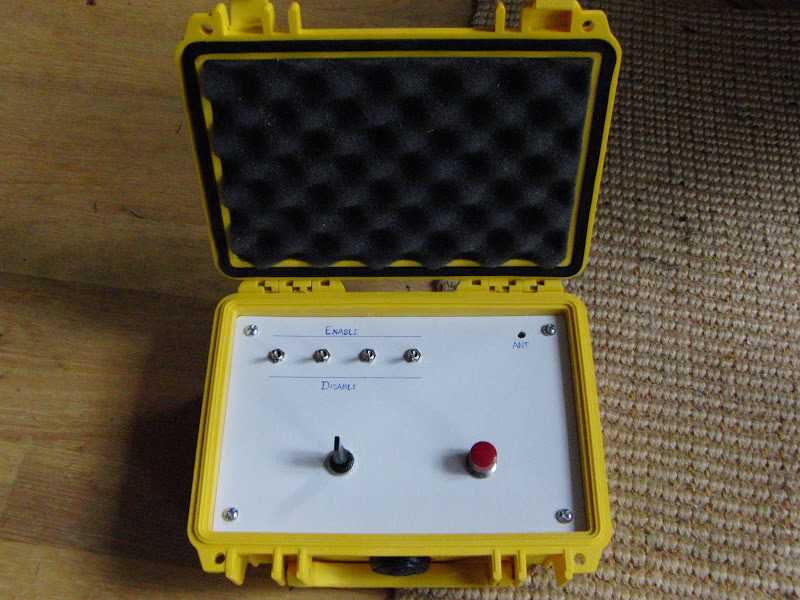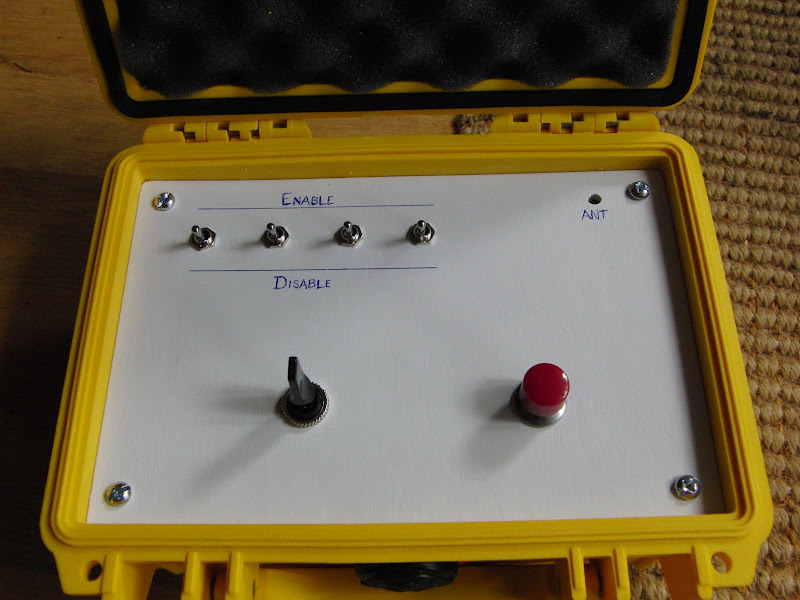Still moving forward. Man, the costs add up quick. It's one of those things where you just ignore the $10 here, and the $20 there, not wanting to face the truth.
If everything goes well, I should have the prototype boxes mocked up this weekend. I'll post photos of the prototypes when I finish. May even get them wired and working. Still, for those that are curious, here's the costs so far. Note that these aren't the best prices in the world on some of this stuff, because I am buying as needed rather than in a planned fashion.
Pad box:
Pelican case - $50
Aluminum Panel - $75 (I'm going wood on the prototype to save $$)
Core electronics - $85
Other electricals - $50 (resistors, caps, relays, etc..)
Switches, buttons, connectors - $50
Main contactor - $40
Custom PCBs - $30
Misc costs - $50 (shipping, wire, screws, solder, etc...)
So the 4 pad box is going to be ~$400-450 in parts. The good news is that the modularity plan is working, so an additional 4 pads in the same box should only add another $150-200 in parts.
The console box is roughly the same cost, so the prototype 4-ch that I'm currently working on is probably going to end up right at $1000. It's a huge investment, but for everything I've learned in this process, I think it's worth it.
Functionally, I've abandoned the idea of multiple banks in a single-addressed pad control box. It works, but it makes things complicated. Instead, every bank will have an independent address. That means the big 16-pad box will actually have 4 addresses associated with it. Right now, the system can support 250 addresses for a total of 1000 ignition points.
The console box has also evolved a bit. It's now a 1+ box solution. The base box can address up to 4 banks, and has 4 arm switches for the pads in each bank. The design also now sports an expansion plug. Expansion modules support 1-4 banks per module. Think of an operators phone at a receptionist's desk. There's the main phone, and a bunch of "add-on" modues that show all the lines in the system and can easily transfer calls from the main phone to any of the lines via push buttons.
I've also abandoned the idea that a small console could manage a 100 rocket drag race by addressing and arming individual pads. While I can have the microcontroller know which pads are armed, there's no way to easily convey that information to the operator. With this new "expansion module" design, only what's on the board is active. For example, assume the operator has bank 122 selected with pads A-C armed. If the operator were to change the bank selector to bank 128, all three pads on 122 would immediately disarm, and the corresponding pads on 128 would be armed/disarmed depending on the position of the switches.
A fully loaded console with 2 expansion modules can address up to 48 lines at once, and all the little lights will tell you pad status for each one. I think this makes a lot more sense from a usability perspective, and eliminates a huge potential mess regarding accidental launches because some pad was left armed, and there was no way to know it from glancing at the console.
Cheers,
- Ken






